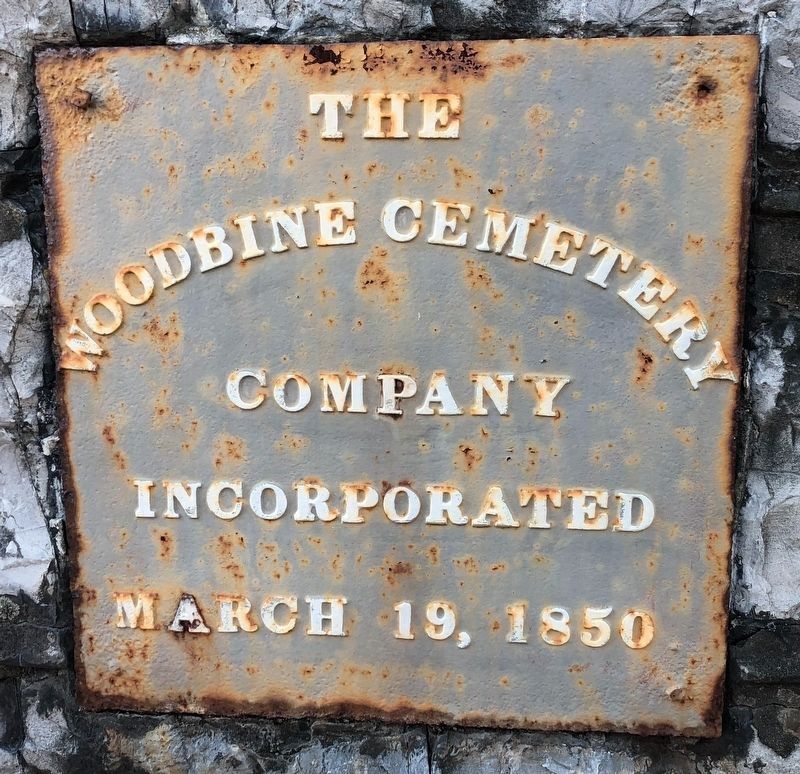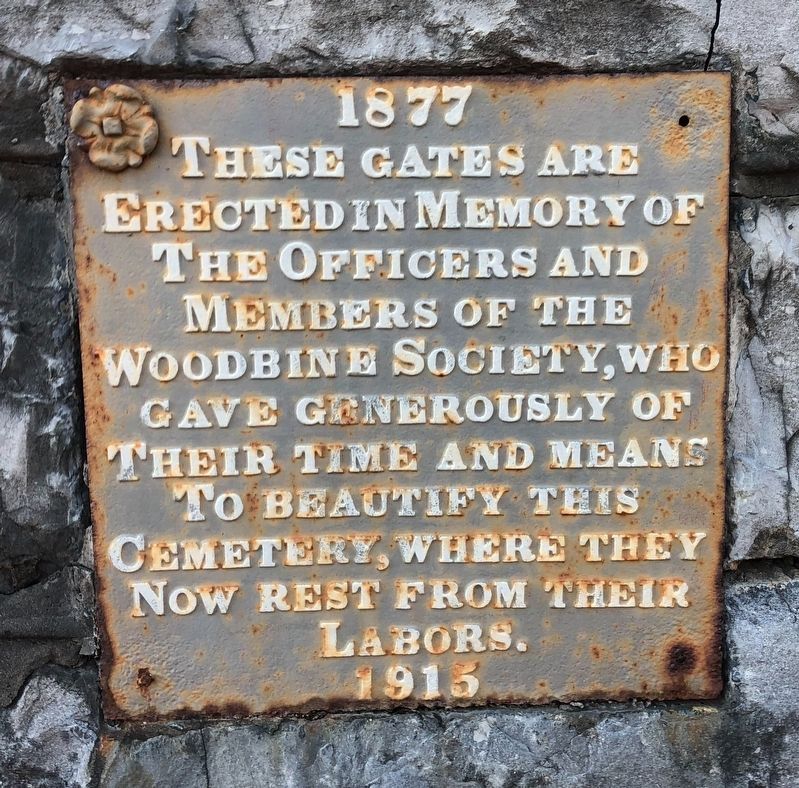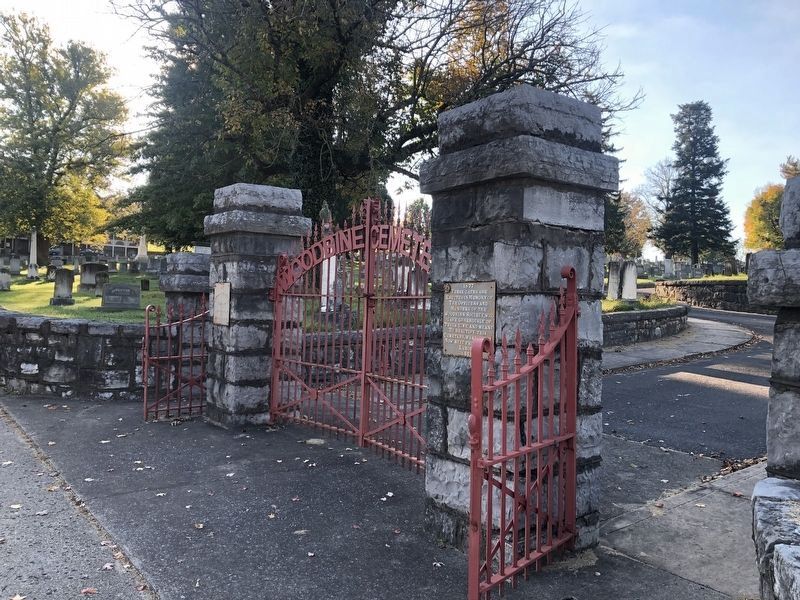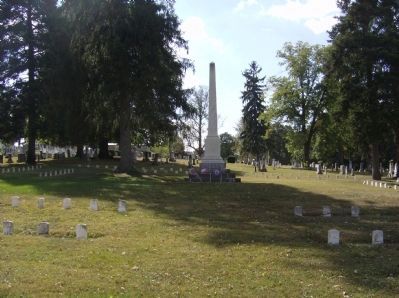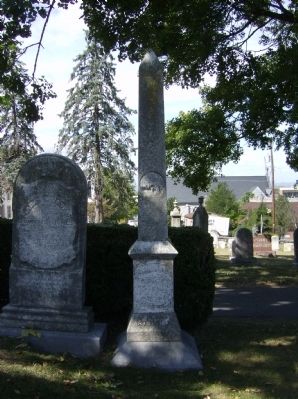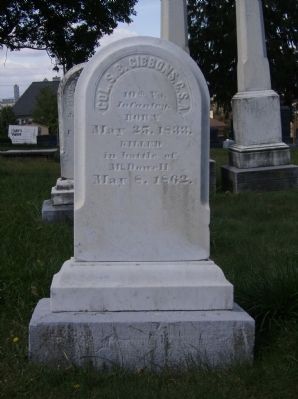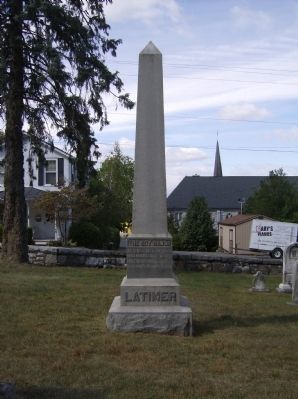Harrisonburg, Virginia — The American South (Mid-Atlantic)
The Woodbine Cemetery
1877 These gates are erected in memory of the officers and members of the Woodbine Society, who gave generously of their time and means to beautify this cemetery, where they now rest from their labors. 1915
Topics. This historical marker is listed in these topic lists: Cemeteries & Burial Sites • War, US Civil. A significant historical date for this entry is March 19, 1779.
Location. 38° 26.846′ N, 78° 51.759′ W. Marker is in Harrisonburg, Virginia. Marker is on East Market Street (U.S. 33), on the left. Touch for map. Marker is in this post office area: Harrisonburg VA 22801, United States of America. Touch for directions.
Other nearby markers. At least 8 other markers are within walking distance of this marker. Confederate Monument (within shouting distance of this marker); a different marker also named Woodbine Cemetery (about 300 feet away, measured in a direct line); Anthony Hockman House (approx. 0.2 miles away); Lucy Frances Simms (approx. 0.3 miles away); McNeill’s Rangers (approx. 0.3 miles away); Hardesty-Higgins House (approx. 0.3 miles away); The Harrisonburg Downtown Historic District (approx. 0.3 miles away); Court Square & Springhouse (approx. 0.4 miles away). Touch for a list and map of all markers in Harrisonburg.
Additional commentary.
1.
Woodbine Cemetery was incorporated in March 1850 and the first plot was purchased seven months later. The Confederate section was laid out in 1862 and, eventually, served as the final resting place for approximately 235 Confederate soldiers who fell in the Shenandoah Valley battles of 1862 and 1864. The soldiers represent the states of Virginia, North Carolina, Maryland, Louisiana, Alabama, South Carolina, Georgia, Missouri, and Tennessee. In 1876, the Ladies Memorial Association erected the large monolith monument standing in the center of the Confederate section.
Confederate Colonel Simeon B. Gibbons, of the Tenth Virginia, was buried here after being killed at the battle of McDowell in may 1862. Likewise, following the death of Confederate major Joseph White Latimer at the Warren-Sipe House in the wake of the battle of Gettysburg, the “Boy Major” was buried here.
In addition to soldiers killed during the war, several Confederate veterans from the area were buried here in years after the war. Among some of the noteworthy names were those of Robert Johnston, D.H. Lee Martz, Foxhall A. Daingerfield, and John Robert Jones.
Robert Johnston (1818-1885) served as a delegate to the provisional Confederate Congress (1861-62) and as a delegate from Virginia to the First and Second Confederate Congress (1862-65).
Dorilus Lee Henry Martz (1837-1914),
Major Foxhall Alexander Daingerfield initially opposed secession but was often cited for gallantry in combat. A graduate of the law school of Washington College (now Washington and Lee University), he served as a major in the Eleventh Virginia Cavalry. In the fall of 1861, he served as an orderly and courier to Gen. Robert E. Lee. After the war, he served for a time as mayor of Harrisonburg, Clerk of the Court for Rockingham County, and eventually moved to Kentucky where he served on the Kentucky State Racing Commission. His wife ,”Nettie” Gray Daingerfield was the daughter of Algernon S. Gray, a delegate from Rockingham County to the Virginia Secession Convention. She was also an author, having published the book, “That Dear Old Sword,” in 1903.
Confederate General John Robert Jones (1827-1901) was a graduate of the Virginia Military Institute and commander of the 33rd Virginia Infantry (of the famed Stonewall
The mother of Confederate officer and post-war governor of Virginia Charles T. O’Ferrell, is also buried here. Janes laurens O’Ferrell, a native of Fauquier County, died in Bridgewater in May 1891. During the Civil War, she made the journey to her son’s bedside after hearing that he had been severely wounded at the Battle of Upperville. Despite the serious wounds, she was able to help nurse him back to health.
— Submitted February 26, 2009, by Robert H. Moore, II of Winchester, Virginia.
Credits. This page was last revised on February 2, 2023. It was originally submitted on February 26, 2009, by Robert H. Moore, II of Winchester, Virginia. This page has been viewed 3,631 times since then and 44 times this year. Photos: 1, 2, 3. submitted on October 18, 2020, by Devry Becker Jones of Washington, District of Columbia. 4, 5, 6, 7. submitted on February 26, 2009, by Robert H. Moore, II of Winchester, Virginia. • Craig Swain was the editor who published this page.
